
Check out real-time satellite photos of the earth to study weather patterns.
- Subject:
- Social Studies
- Material Type:
- Reading
- Provider:
- University of Wisconsin System
- Date Added:
- 12/01/2023

Check out real-time satellite photos of the earth to study weather patterns.

This is one of the more thorough reference tools on documentation styles. It covers the major style guides, including APSA, APA, Chicago/Turabian, CBE, and MLA. Numbered references are also explained. One section of links is devoted to referencing electronic sources. At the bottom of the page is general information about documentation. This material is presenting in layered series of links, allowing users to zero in on their area of interest quickly (although this site is worth browsing at a leisurely pace).

This is a well-organized page that allows you to zero in on a particular aspect of stating your hypothesis and writing your thesis statement.

This twelve-item checklist is linked to short explanations that include an example of the error, followed by revisions. W.9-10.5 Writing Process
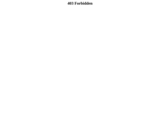
This site provides the viewer with a step-by-step guide to writing critical reviews for non-fiction works. Its steps include analyzing the assignment as well as writing a clear introduction, body, and conclusion. Links to other writing help are available. W.11-12.9b US Doc Analysis

Bulleted guidelines for conducting a peer review on a draft. Emphasizes knowing the intent of the writer, controlling the content of the review, and maintaining a polite, helpful tone.
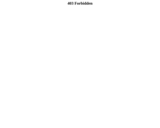
This tutorial shows how to punctuate nonrestrictive and restrictive modifiers. Definitions and sample pairs of sentences are included.

Explains the style rules regarding using literary quotations in your essay. Covers punctuation, documentation, and the purpose of quoting. The information can be downloaded in PDF format.
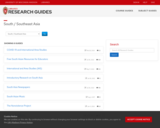
A university site from the University of Wisconsin with numerous hyperlinks to issues and information on South and Southeast Asia.
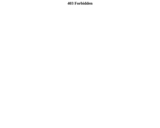
Tables of words that show different types of sentence transitions. W.9-10.1c cohesion/clarity/reason, W.9-10.2c cohesion/clarity/transitions. CCSS.ELA-Literacy.CCRA.W.4, W.11-12.1c Transitions/Cohesion, W.11-12.2c Transition/Cohesion. CCSS.ELA-Literacy.WHST.6-8.1.c
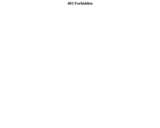
This site provides information on the APA (American Psychological Association) documentation style. The information can be downloaded in PDF format. It refers to several handouts dealing with parenthetical references, reference lists, headings, usage and style, formatting of a paper, and how to cite electronic sources. Several sample entries and pieces of writing are used to illustrate the points being discussed. A link to the APA homepage is also provided.

The section on Common Types of Writing Assignments is a particularly helpful piece of this site. Learn how to approach a wide variety of writing tasks from lab reports to literary reviews. Then use the rest of the site to learn how to polish your writing.

This guide from the University of Wisconsin will help you create Chicago-style citations for source material.

This site outlines the necessary elements of a scientific report. The site is broken down into the follow segments: title, abstract, introduction, methods, results, and discussion. Within each section is a contents section as well as a list of helpful suggestions and advice.
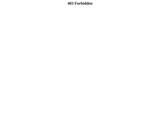
Concise instruction on how to get the best results from your proofreading. Suggestions are divided into "Before You Proofread," "When You Proofread," and "When You Want to Learn More." The latter includes links to handouts on writing.
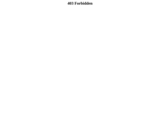
This site explores the writing of an analytical essay in terms of a review of literature. The site provides guidelines for students to follow when writing the introduction, body paragraphs, and conclusion. It also offers links to useful handouts. W.9-10.9b Research/Argum, W.11-12.9a

If you are looking for ways to make your writing clearer and more concise, check out this site. Many helpful hints are given here. Information can be downloaded in PDF format. L.11-12.3a Syntax
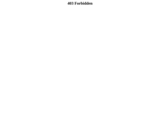
This site outlines the basics of the MLA (Modern Language Association) style of documentation and includes links to handouts about in-text citations, the works cited page, and how to cite electronic sources. Several sample citations and examples are provided throughout to help illustrate the information being presented. The information can be downloaded in PDF format. A link to the MLA website is also provided.

This provides guidelines for creating a paraphrase, sample paraphrases, introducing quotations, punctuating, formatting quotations, and what must be documented.
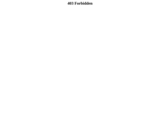
A writing tutorial for the correct use of semicolons to link two independent clauses, clauses with commas, clauses connected by conjunctive adverbs or transitional phrases, and to link lists where the items contain commas. Examples and exceptions are included. L.9-10.2a Punc/Indep Clause